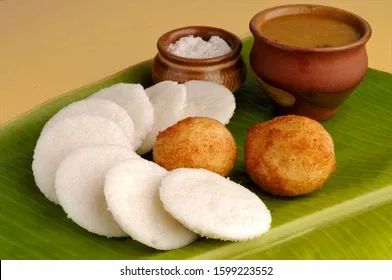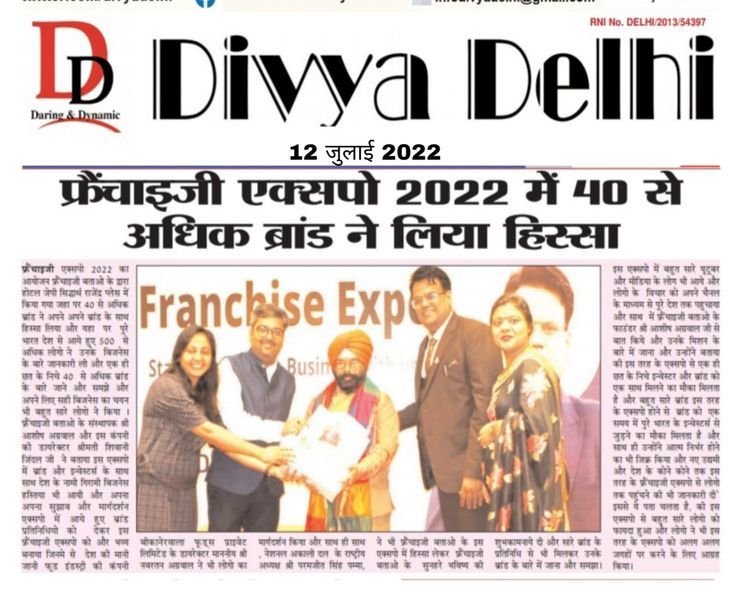
Divya Delhi: Sediyapu returns to Mangalore in 20th-century coastal Karnataka after this historical journey. Gauda Saraswat Brahmins make this sweet dish. Its name is pronounced Iṇḍri. It's made with the same utensil and looks like Idli. According to Sediyapu's comprehensive research on Idli, the term iṇḍra was converted into Idli because the sound inḍri is phonetically closer to iṇḍra than to inḍari. The original phonetic form of the food served this way may have been inḍri. The Kannada term for Idli was originally iḍḍali. The Kannada language struggles with the complex sound ḍri, therefore the word was shortened to iḍḍali. The ḍ sound was gradually eliminated from widespread usage. This led to the modern form, iḍli (pronounced Idli). This brings us to the Idli's early popularity in Tamil-speaking regions in the 20th century. Why did this meal, which had been forgotten for ages, become popular solely in these regions? Indian Railways and Palghat Iyers. Few things have changed India's socio-economic-cultural environment like railways. The colonial British brought it to India in the second half of the 19th century, changing Indian society at a rate not seen since the start of civilization. It affected Darjeeling to Kanyakumari. Some of the most extensive rail networks in southern India were in Tamil-speaking areas (not Tamil Nadu).
- Education(148)
- India(771)
- Entertainment(399)
- Sports(272)
- Business(226)
- Bollywood Hollywood(95)
- International(196)
- Life & Style(91)
- Opinion(139)
- Educational(5)
- Crime(7)
- Technical(6)
- World(18)


